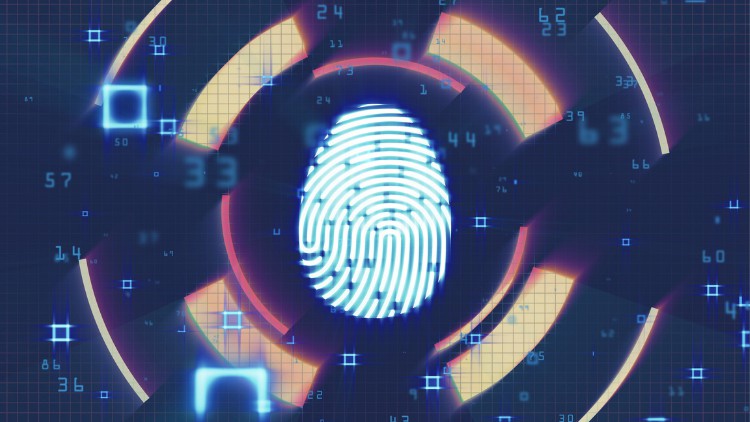
Cyber Forensics Investigator
What you will learn
You will become an expert in the field of cyber security.
The course focuses on the latest technologies
Need of Skilled Manpower in this field is also increasing
Very useful for Students seeking a career in Technology etc. Helpful for Academics
Description
What will students learn in your course ?
The fundamental principles of network and information security, as well as potential threats and weaknesses, will be thoroughly examined in this course. It has been divided into one module and four chapters for the sake of understanding. When the term “computer forensics” is used to refer to the application of investigation and analytical techniques to gather and preserve evidence from a specific computing device in a manner that is appropriate for presentation in court, the term “computer forensics” means “computer evidence collection and preservation.” When it comes down to it, the ultimate goal of computer science is to conduct a structured inquiry while simultaneously keeping a recorded chain of evidence in order to determine exactly what happened on a computing device and who was responsible for it. Following the first chapter on networking foundations, which will be examined in detail, the second chapter will cover information security, followed by the third chapter on security threats and vulnerabilities, and the fourth chapter will cover cryptography and encryption. You will get the opportunity to gain practical experience. You will also get knowledge that is theoretical in nature. If you take this course, you will have a clear understanding of security concepts. An internationally acclaimed speaker, the instructor of this course has delivered and performed thousands of cyber awareness campaigns to promote cyber hygiene and reduce the number of fraudulent transactions conducted online.
Content